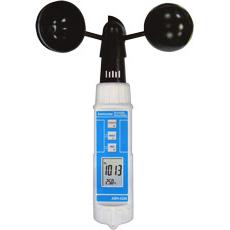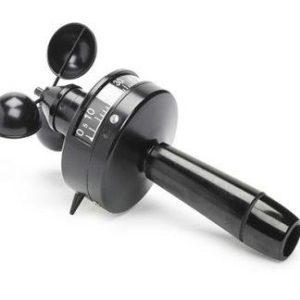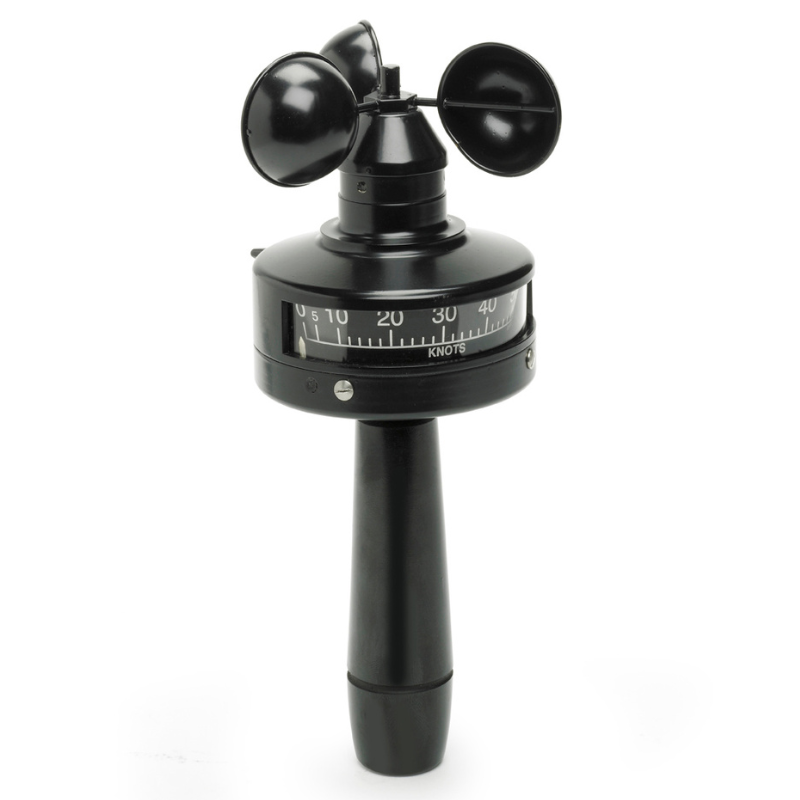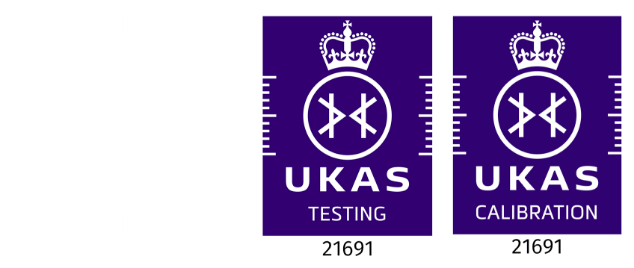The anemometer is an instrument used in weather stations that measures wind speed or calculates current gases. An anemometer that is mechanical with a disc whose angle of inclination was put perpendicular to the wind direction was used. This determines the velocity of the wind as well as the wind direction based on the disc’s inclination angle. It is a very useful device and has many applications as well. Let us look at its other applications below.
Applications Of Anemometer:
- Monitoring wind speed
- Measuring wind velocity
- Find the wind direction
- Before jumping into the vacuum, skydivers utilize it to assess the wind speed.
- Aerodynamic measurement of airspeed
- Also used by pilots and long-range shooters
- Users of drones or radio-controlled aircraft use them to check the weather before testing their gadgets in order to be well prepared.

Various kinds of Anemometers:
The velocity and pressure of the wind are used to categorize anemometers depending on their basic properties. The primary categories of anemometers are given below:
1. Hotwire anemometer:
Hotwire anemometer: The wire is cooled when air travels across it. When determining the wind speed, it is necessary to determine the connection between the resistance of the wire and the wind speed since the resistance of most metals fluctuates with temperature. This sort of instrument may be used in a variety of ways, including by HVAC organizations that measure the flow of air through a building’s ductwork.
2. Sonic anemometer:
The speed of the wind may be calculated by computing the sound waves it generates using a sonic anemometer. In order to transfer these waves from one location to another, transducers are used. In addition to their usefulness in aviation, these materials are also used in wind turbines for scientific study.
3. Cup anemometer:
Hemispherical cups on a vertical shaft that are set at angles that are equal are connected at equal angles to one end of each horizontal arm of the apparatus. When air travels through the cups in a horizontal direction, the cups spin at a rate proportionate to the air’s velocity, the average wind speed may be determined by finding the number of cup rotations during a specific period. Meteorologists, educational institutions, and academics perform studies on these resources for the purposes of doing research and conducting commercial operations.
4. Handheld Anemometers:
Handheld anemometer is used for measuringwind speed and is portable. Technically, the anemometer can measure speeds up to 30 meters per second. The speed is around 108 miles an hour, and also the precision is approximately 2%. This anemometer is powered by batteries. Camping, hiking, sailing, and hunting are examples of activities that might require the wind direction or its speed. In such cases, this anemometer is the most suitable alternative.
These are the basic kinds of anemometers. You can choose the one that meets your individual needs among them.
[contact-form-7 id=”266″ title=”Contact Form”]







